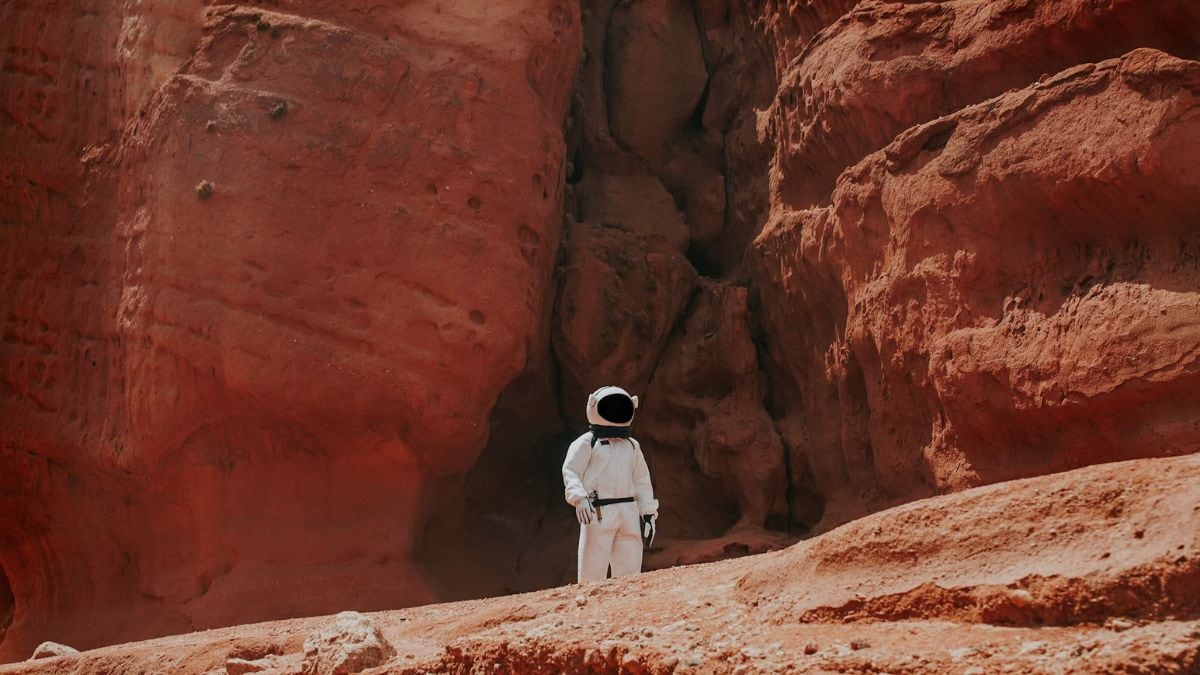Mars’ long-lost moon could help explain its extreme terrain, research claims

Mars is unlike any other planet in our solar system because of its distinctive ellipsoid shape, with varying sizes along all three axes. Though it now has two small moons, the Red Planet may have once hosted a much larger moon, according to a theory proposed by Michael Efroimsky, an astronomer at the U.S. Naval Observatory in Washington, D.C. This moon, possibly named Nerio, would have played a key role in shaping the planet’s current topography, including its vast highlands and deep valleys.
The distinctive landscape of Mars
Mars is home to some of the most extreme features in the solar system, including the Tharsis bulge, a region about 5,000 kilometers (3,100 miles) wide and up to 7 kilometers (4.3 miles) high. On the other side of the planet lies Terra Sabaea, another highland region, along with Syrtis Major, a massive shield volcano.
These unique features could be remnants of Mars’ ancient moon that created tides in the planet’s magma oceans, much as Earth’s moon created tides in our seas, a study published in the online journal arXiv.
The Mystery of Nerio’s Disappearance
According to Efroimsky, the moon Nerio could have been destroyed by a collision or scattered out of the solar system by gravitational interactions. Although such events were common in the early solar system, no clear evidence, such as crater strings, suggests that this happened on Mars. It is possible that geological activities have erased all signs of Nerio’s existence.
While the hypothesis remains speculative, it suggests that Mars’ dramatic landscape could have been shaped by both Nerio and subsequent geological processes. Efroimsky encourages further research to explore the possible evidence for this lost moon and its impact on Mars’ unique features.



